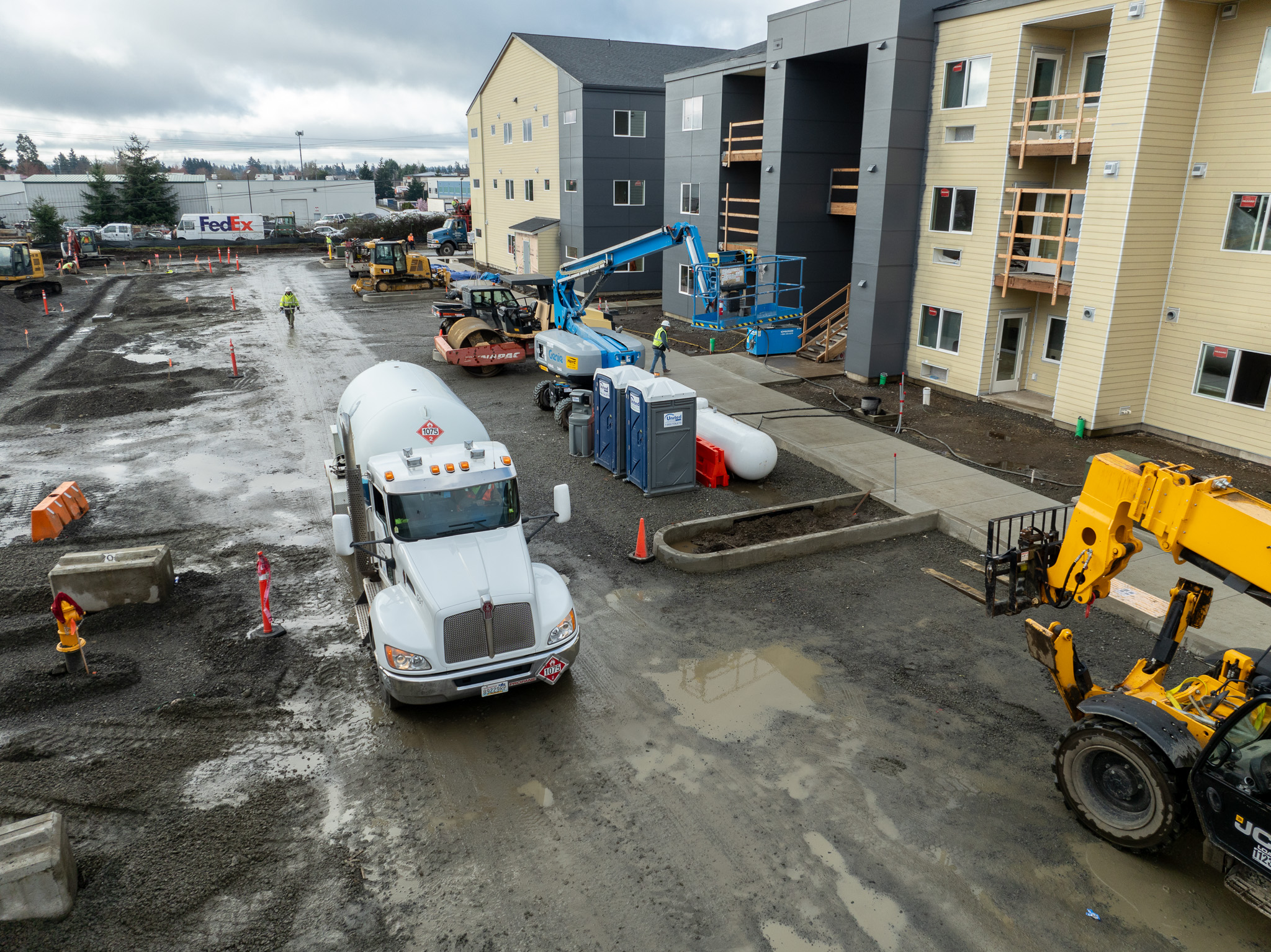As we observe National Safety Month this June, it’s essential to bring attention to the critical aspects of workplace safety, particularly in industries relying on forklifts. June 11th marks National Forklift Safety Day, providing a perfect opportunity to discuss the importance of propane safety for forklift trucks. Propane-powered forklifts are prevalent due to their efficiency and lower emissions; however, ensuring safety while handling and refilling propane cylinders is paramount.
The Importance of Propane Safety
Propane is highly efficient and can be a cleaner burning solution to traditional fuels, making it an excellent choice for forklift operations. However, its flammable nature necessitates stringent safety measures to prevent accidents and ensure a safe working environment. Here are some key safety practices for handling and refilling propane cylinders for forklifts:
Handling Propane Cylinders Safely
- Training and Certification: Ensure all employees handling propane are adequately trained and certified. Understanding the properties of propane and proper handling techniques is crucial for safety.
- Personal Protective Equipment (PPE): Always wear appropriate PPE, including gloves and safety glasses, to protect against potential propane leaks or spills.
- Inspect Cylinders Regularly: Before using a propane cylinder, inspect it for damage, rust, or leaks. Ensure the cylinder is within its certification date and that all connections are secure.
- Proper Storage: Store propane cylinders in a well-ventilated area away from heat sources and open flames. Keep cylinders upright and secured to prevent tipping.
- Leak Detection: Use a soapy water solution to check for leaks around the valve and connection points. If bubbles form, that indicates that there is a leak to address before use.
Refilling Propane Cylinders Safely
- Refill in a Safe Location: Always refill propane cylinders in a designated, well-ventilated area away from any sources of ignition.
- Turn Off Equipment: Ensure the forklift is turned off before disconnecting or connecting propane cylinders. This minimizes the risk of accidental ignition.
- Follow Manufacturer Guidelines: Adhere to the forklift and cylinder manufacturer’s guidelines for refilling procedures. Each type of equipment may have specific instructions to ensure safe refilling.
- Use Proper Refilling Equipment: Utilize equipment specifically designed for propane refilling. This includes regulators, valves, and hoses that are in good working condition.
- Avoid Overfilling: Overfilling a propane cylinder can lead to dangerous situations, including increased pressure and the potential for leaks. Follow proper filling techniques to ensure the cylinder is not overfilled.
- Ventilation: Ensure the refilling area is well-ventilated to disperse any propane that might escape during the process. Propane is heavier than air and can accumulate in low areas, posing a risk of explosion.
- Emergency Procedures: Have clear emergency procedures in place, including how to handle propane leaks or spills. Ensure that all employees know the location of emergency shut-off valves and fire extinguishers.
National Forklift Safety Day is an excellent reminder of the importance of safety in forklift operations. By following these safety practices for handling and refilling propane cylinders, we can ensure a safer workplace and protect our employees from potential hazards. Let’s use this month to reinforce our commitment to safety and make our workplaces safer for everyone.
For forklift operations teams, the Propane Education & Research Council has provided this helpful forklift safety poster to remind team members of safe handling:
